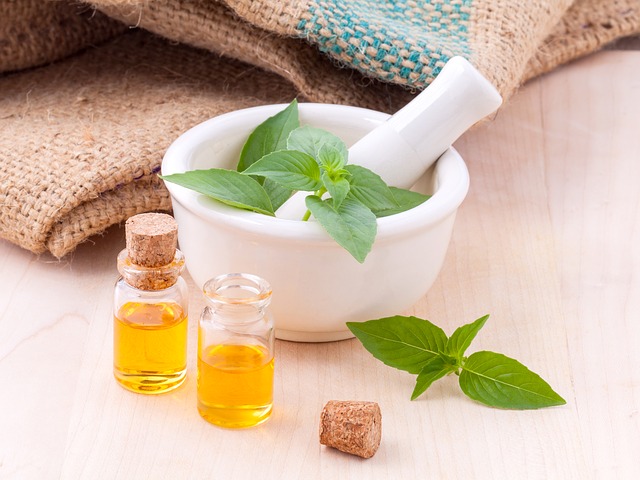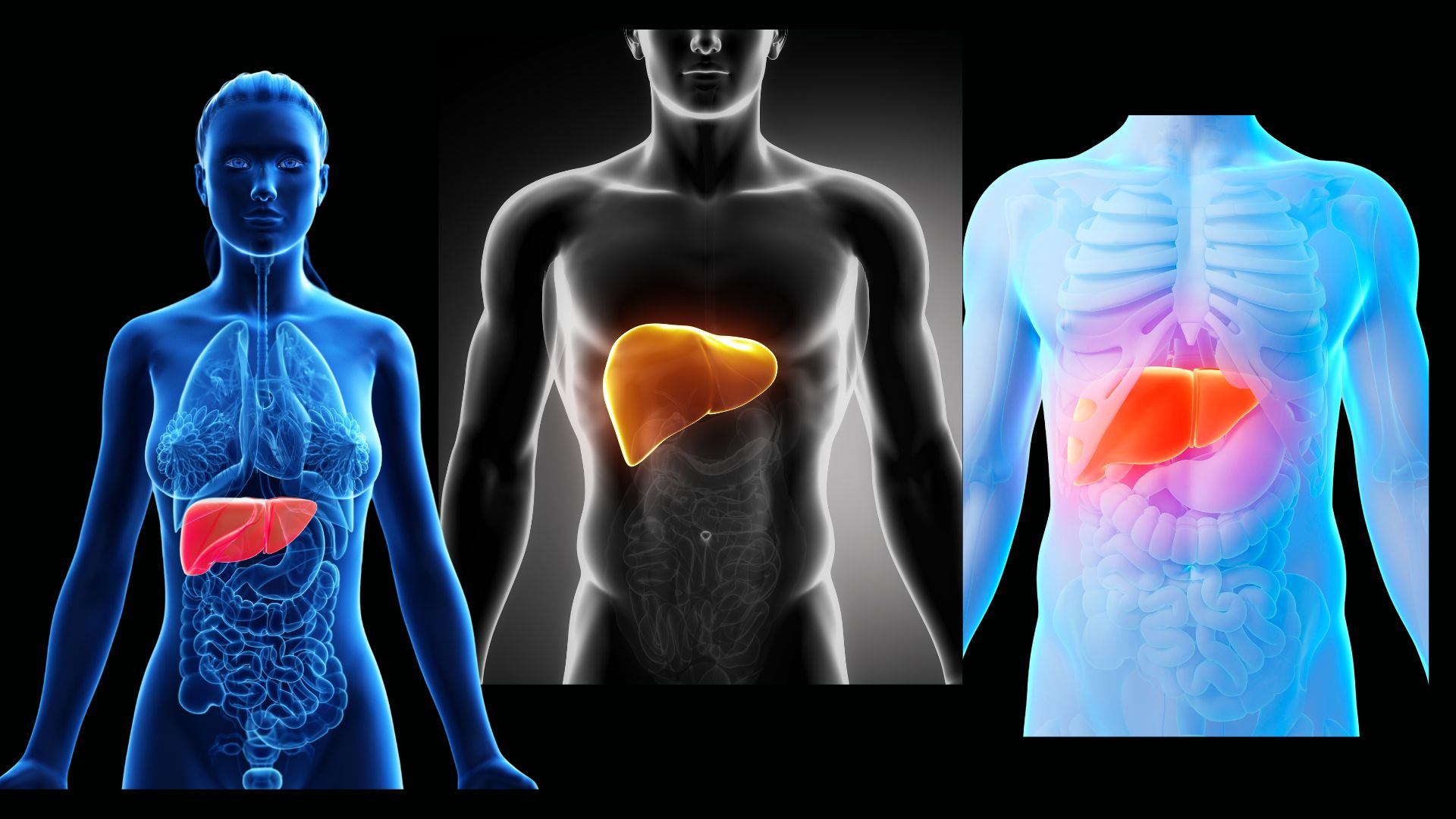Body Wraps for Weight Loss and Detoxing:
The Science of Sweat
Body wraps are touted by the spa industry as a way to help aid in weight loss, tone and tighten loose skin and even help your body detox. Some claims go so far as to say they are as good as exercise because you sweat the same as in cardio exercise, but without all the hard work. Is there any basis to these claims or are body wraps more for squeezing money out of your wallet?

A body wrap is normally associated with a day spa or retreat and often advertised as a temporary way to reduce inches. Spas offer many varieties of wraps, each having a unique quality. Besides the cloth of the wrap itself, substances are first applied to the body that are said to accelerate sweating out various toxins. Clay, mud, essential oils or a combination of these may be used.
A mud wrap is commonly used as a type of body detoxing. As with the face mask, mud may be used to draw toxins through the skin out of the body. Seaweed is another common body wrap. which is said to draw out toxins while nourishing your skin with added minerals at the same time. A wrap with essential oils is also popular as the smells are used to alleviate anxiety or help to reduce stress; of course the quality of oils used will make a difference in how effective it may be. Many of these substances can easily absorb through the heated skin and because of this are claimed to aid in breaking up waste in the lymphatic system. As nice as this sounds, the question remains; do they work?
The Science of Sweat
Our bodies are designed to cleanse and detoxify using organs such as the liver, kidneys and skin (which happens to be our largest organ). The theory of body wraps lies behind this fact as the process induces sweating, which is a natural body detoxing process. For a long time, it was thought that sweat was mainly water, but thanks for more recent studies, science is proving there's more to it.
A study published in 2011 in the US National Library of Medicine (also in their online journal; PubMed) states that not only are toxic substances found in sweat, but that induced sweating should be considered a potential method to help the body remove toxic substance. (1) And there's more.
According to the CDC, these substances are found in nearly all human blood at some level and is due to consuming contaminated food and water (through run off, pesticide use, etc.) and air contamination from fossil fuel combustion and/or waste incineration. If left to build up, they may adversely affect our health. A study published in The Journal of Environmental and Public Health, cadmium, arsenic, lead and mercury are all found in sweat. (2) They go on to state that, “Along with essential minerals, sweat is an acknowledged excretory route for toxic metals.”
Advocates of body wraps base their conclusions on this knowledge and attempt to find a way to help our bodies take advantage of this natural form of body detox. Traditional uses of clays, oils and seaweed have a history of being used to help pull toxins, such as heavy metals, out of the body through a process called natural chelation. Therefore, using these along with a method to induce natural sweating allows the pieces of the body wrap theory to fit together quite nicely. Here's how we may use the properties of these natural substances in conjunction with a body wrap.
Traditional Body Wraps
Many natural elements like chlorophyll and clay have the ability to chelate toxic elements from the human body. Chlorophyll is, of course, found in green vegetables, with a higher concentration in the darker “superfoods” such as seaweeds. Natural clays also have this ability and have long been used for removing toxic elements from our soils as well as in personal products such as face masks or scrubs.
Chelation is the ability of a substance to naturally attract and hold a metal ion that is normally considered “toxic” to transport and remove it from the human body. Seaweeds such as chlorella or kelp are often used internally, but can be used in a wrap to take advantage of it's healing properties. This is done by making a paste with a powder form of seaweed, applied to the body then the client is wrapped and heated while relaxing for a period of time. Some higher end spas actually wrap the client with seaweed leaves, for a more authentic effect.
Bentonite clay is known to draw toxins from the skin with topical applications such as in baths or facial masks. While clay is not touted as a “chelator” in the body wrap scenario, it's success to help clear skin and leave it softer is why many are attracted to it for use in body wraps. It does seem to have some ability to pull waste from the skin.

Essential oils are more controversial as their level of effectiveness can widely vary. They are not often considered a healing substance but more of an aromatic stress reliever, while at the same time, some are said to be antibacterial and antimicrobial. But buyer beware; cheaper oils using artificial ingredients or fillers may contain fake fragrances or other substances that are just as bad as the substances one is attempting to detox.
Because we now know that environmental toxins and other waste are stored in adipose tissue, body wraps are touted as a way to body cleanse. Our bodies also store excess fluids, which may be easily sweated out during a body wrap, resulting in a loss of inches. This effect is usually only temporary, which is why some beauty experts claim that if embarking on a series of wraps, one should follow a healthy diet while shunning processed, overly salty, junk foods.
Body wraps can be an arsenal in our health kit to aid in body cleansing, and having a spa day and a body wrap may have more hidden benefits. In fact, the act of lying still while warming your body along with the sounds and smells of a spa assist to help us relax, which can lower blood pressure while increasing circulation. And who doesn't need a break from stress?
If you don't have the time or money for a spa day, enlist the help of a friend and purchase a home body wrap kit. You can find these on-line, usually from beauty supply sites. Just be sure the ingredients are pure and match them to your desired goals.
No matter which way you decide, if you do a body wrap keep in mind a few simple tips. Be sure that you are well hydrated. Check with your doctor or health care provider to see if you are healthy enough to do a wrap, especially if you are on medications. And know that you will be wrapped from neck to feet, often with arms at your sides, and you may be bound for about 30-40 minutes. If this sounds disturbing to you, this may be a technique to pass on.
RESOURCES:
(1) Genuis, S. J. "Blood, Urine, and Sweat (BUS) Study: Monitoring and Elimination of Bioaccumulated Toxic Elements."National Center for Biotechnology Information. U.S. National Library of Medicine, Aug. 2011. Web. 02 Nov. 2015.
(2) "Journal of Environmental and Public Health": Volume 2012 (2012), Article ID 184745, 10 pages; http://dx.doi.org/10.1155/2012/184745







